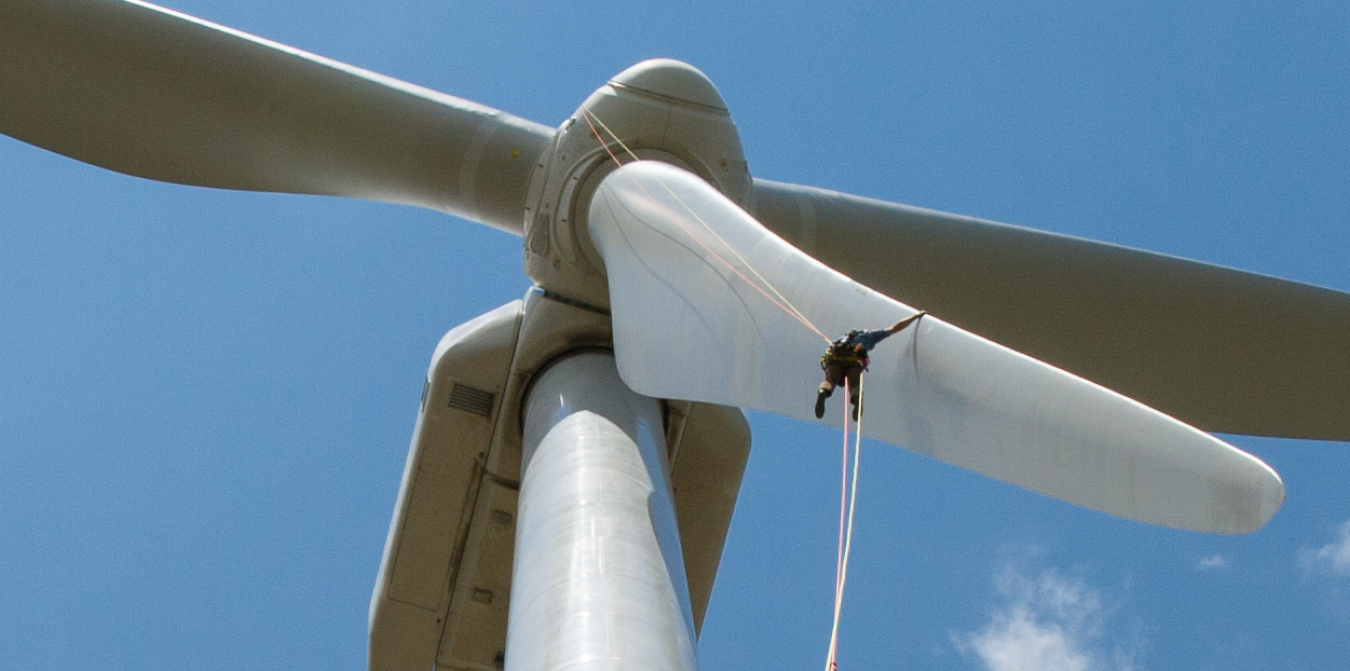The 2019 report presenting opportunities, challenges, and potential associated with increasing wind turbine tower heights.
Wind Energy Technologies Office
May 29, 2019
The 2019 Increasing Wind Turbine Tower Heights: Opportunities and Challenges presents the opportunities, challenges, and potential associated with increasing wind turbine tower heights, focusing on land-based wind energy technology.
Key findings of the report include:
- Wind resource quality improves significantly with height above ground. Over large portions of the country, our mesoscale resource data indicate an increase in annual average wind speed of 0.5 to 1.0 meters per second (m/s) when moving from 80 to 110 meters (m) and 1.0 to 1.5 m/s when moving from 80 to 160 m.
- Wind speed differences translate to sizable capacity factor improvements. Although the observed variance is broad, median capacity factor gains with higher hub heights are estimated at approximately 2 to 4 percentage points when going from 80 to 110 m and an additional 2 to 4 percentage points when going from 110 to 140 m. Between 140 and 160 m, median capacity factor gains are approximately 1 percentage point. Relatively larger gains occur east of the Rocky Mountains, with the greatest gains sprinkled throughout the Heartland, the Midwest, and the Northeast.
- Based on first-order cost estimates informed by current technology, the most wind-rich regions of the country generally show an economic preference for the lowest considered tower height; higher hub heights (e.g., 110 m and 140 m) are often preferred in more moderate wind speed regions. This result is consistent with industry experience to date.
- Higher nameplate and lower specific power turbines (e.g., 150 to 175 watts per square meter) also show a general economic preference for the lowest considered tower height; however, these larger turbines require tower heights of at least 110 m. Tower heights of 140 m and in some cases 160 m tend to be preferred in more moderate wind speed areas.
- Reducing the cost of realizing taller towers is critical to capturing the value of higher wind speeds at higher above ground levels as well as for increasing the viability of wind power in all regions of the country.
For more data, see the full report here:

